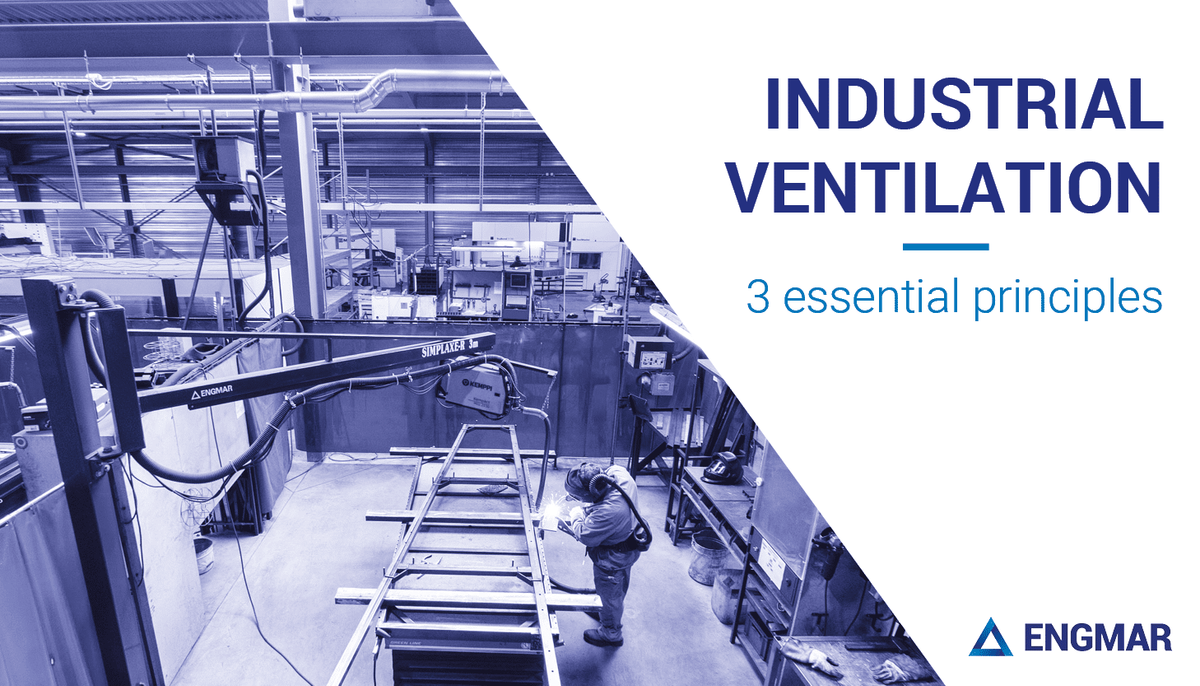Innovative extraction solutions for welder protection
Our approach
ENGMAR aims to improve welders’ working conditions. That’s why we offer a comprehensive solution including personalized support and follow-up, ensuring an installation tailored to your needs and specifications.


ENGMAR services
ENGMAR offers product testing, emission studies, safety training, as well as maintenance and after-sales service. We also provide annual inspections of your installations, in accordance with labor laws.
Product testing and demonstration
Discover the service
Product testing and demonstration
Emission analysis
Discover the service
Emission analysis
Training courses
Discover the service
Training courses
Yearly checks
Discover the service
Yearly checks
Product repair / After-sales service / Maintenance
Discover the service
Product repair / After-sales service / Maintenance
Our leadership position in the French welding fume extraction market is based on our pioneering vision and our capacity for innovation.
Indeed, 24 years before the official recognition of welding fume hazards by the IARC, ENGMAR was already dedicated to protecting workers by designing solutions to limit the occurrence of diseases and musculoskeletal disorders among welders and workshop operators.
Our main purpose is to raise awareness among industry professionals of the importance of equipping themselves with extraction solutions, in accordance with legislation, to improve welders’ and operators’ quality of life at work.

Latest news

Industrial Ventilation: 3 essential principles you need to know
In a welding plant, ventilation is essential in ensuring operators’ safety and protecting their health. Here are the 3...
Read the article
Discover our new MIG/MAG 240 extraction torch!
Welding generates fumes and gases that are harmful for welders’ health, and for the air quality in the workshop. The...
Read the article
Welding health and safety: U.S. regulations
Reducing exposure to welding fume: Further information: Occupational Safety and health administration
Read the article
Let’s discuss your project
Our team is at your disposal to support you at every stage, from defining your project to installing and monitoring your equipment.

